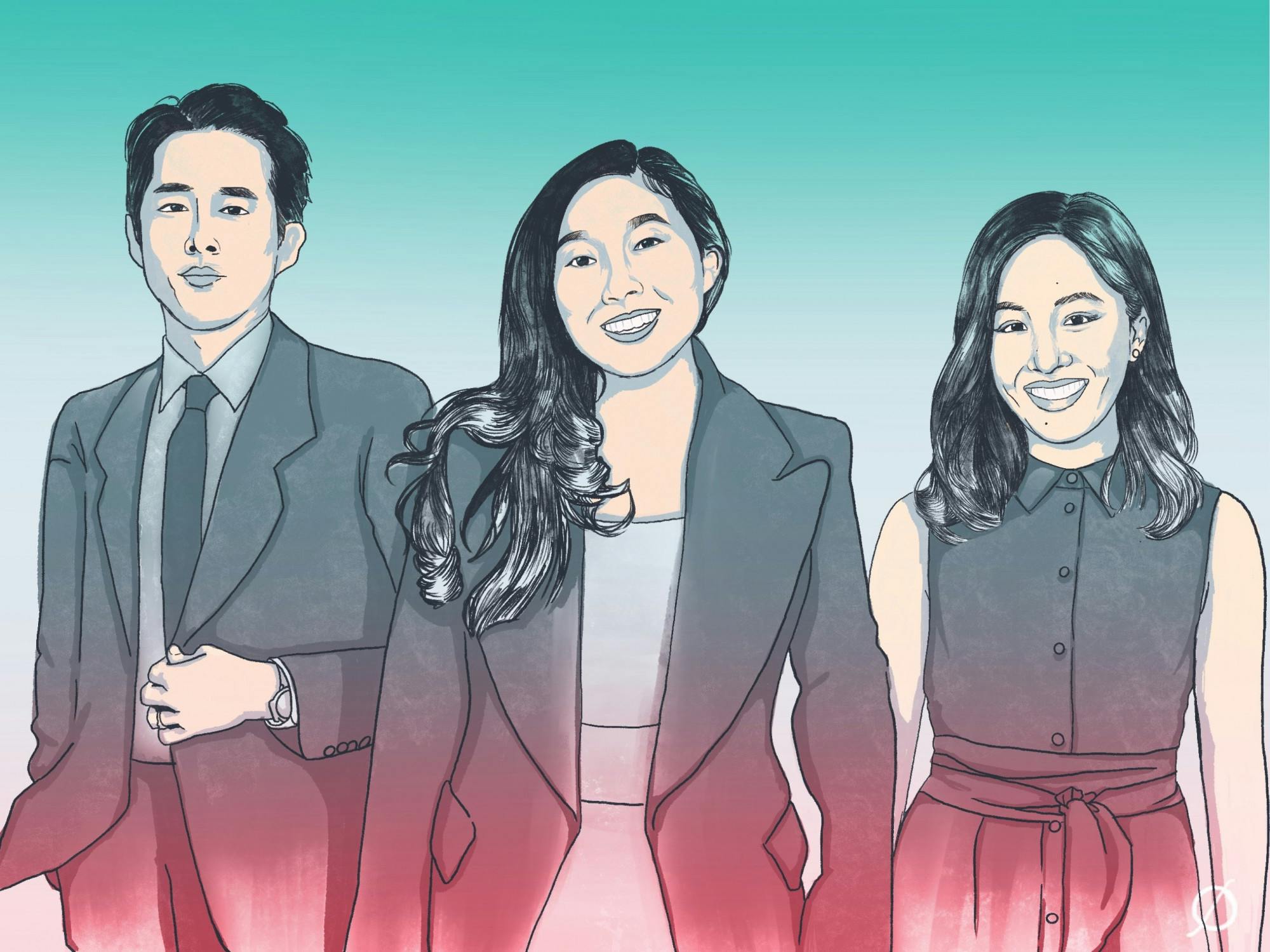While Asian and Asian American representation has been more prevalent in American pop culture in recent decades, concerns regarding stereotypes and misconceptions are also gaining more awareness.
Given the recent rise in violence against the AAPI community, questions are being raised as to how the Asian community is represented in American entertainment today.
History professor and chair of Michigan State’s Japan Council Dr. Ethan Segal said Asian people have been underrepresented in mainstream American media for decades. When they are included, he said, it is typically for a stereotyped role.
“Stereotypes for Asian and Asian American male actors in American movies and television tend to include the nerdy good student or scientist or the martial artist,” Segal said. “For female actors, they have often been cast as either very quiet, submissive characters or else as sexual temptresses.”
Clear examples of these stereotypes include Long Duk Dong from “Sixteen Candles” (1984) and the depiction of sex workers in Vietnam War-era films, according to journalism professor and expert in critical cultural analysis Dr. Geri Alumit Zeldes.
Segal said the Asian actors who had success were then confined to the same type of role they found achievement in.
“The few Asian and Asian American actors who were able to achieve some amount of success were confined to certain types of roles,” Segal said. “For example, Sessue Hayakawa in the early 20th century was generally depicted as a villain. Bruce Lee became a major movie star but only in martial arts films.”
In the early Hollywood era, filmmakers cast white actors in roles meant for Asian people, according to Zeldes.
By using makeup, white actors were transformed into Asian characters that relied heavily on stereotypes for the screen.
“In that transformation, they make them look so odd,” Zeldes said. “For example, Jerry Lee Lewis … Lewis wore buck teeth, his eyes were slanted and it was a caricature of what Asian people were like.”
Segal cited “The Good Earth” (1937), “Teahouse of the August Moon” (1956), “Breakfast at Tiffany’s” (1961) and “Flash Gordon” (1980) as other examples of films where white actors play Asian characters. Most of these characters are dependent on Asian stereotypes.
“In early Hollywood, there was an exoticism and unwillingness to really learn what Asian people were like,” Zeldes said. “So, they cast Caucasian people in those roles.”
While there is still an issue with whitewashing in Hollywood, as Segal pointed out with the controversial casting of Scarlett Johansson as a character clearly intended to be Asian in “Ghost in the Shell” (2017), Segal and Zeldes agree there have been positive movements regarding Asian representation in recent years.
“I feel like finally we’re seeing Asians and Asian Americans in a really complex, myriad type of personality,” Zeldes said.
Zeldes hailed the television series “Killing Eve” for its portrayal of its Asian lead actress, Sandra Oh.
“When you can watch a film and not think about her Asian-ness, is when you begin to appreciate what Hollywood and some directors are doing,” Zeldes said.
“Crazy Rich Asians” (2018) is the first Hollywood film in many years to have Asian and Asian American talent in all of its lead roles, which both Zeldes and Segal praised.
Zeldes noted the blockbuster impact “Crazy Rich Asians” had on the film industry.
“You have people in the industry who were like, ‘Oh my gosh, ‘Crazy Rich Asians’ made a lot of money,’” Zeldes said. “It was a blockbuster. There is something to this.”
Other films and TV series with positive Asian representation include “To All the Boys I’ve Loved Before” (2018) and television shows “Fresh Off the Boat” and “Master of None,” according to Segal.
Support student media!
Please consider donating to The State News and help fund the future of journalism.
Additionally, institutions are beginning to praise Asian and Asian American cinema. At last year’s Academy Awards, the South Korean film “Parasite” (2019) and its director Bong Joon-ho won Best Picture and Best Director awards.
At the 93rd Academy Awards, “Minari,” which revolves around a Korean family who immigrated to America, received six nominations, including Best Picture, Best Director and two acting nods.
Additionally, one of the frontrunners for Best Director this year is Chloé Zhao, a Chinese filmmaker who already took the Best Director award at the Golden Globes in February.
Zhao has also been tapped to direct Marvel’s “The Eternals” film, slated for release later this year.
Zeldes praised Zhao’s Golden Globe win, especially given Hollywood’s racially insensitive past.
“It was really great to see someone who just does her thing and get recognized for it,” Zeldes said. “Especially in these areas that are considered stereotypically non-Asian — the humanities — so that’s been great.”
Discussion
Share and discuss “MSU professors discuss Asian American representation in entertainment” on social media.







